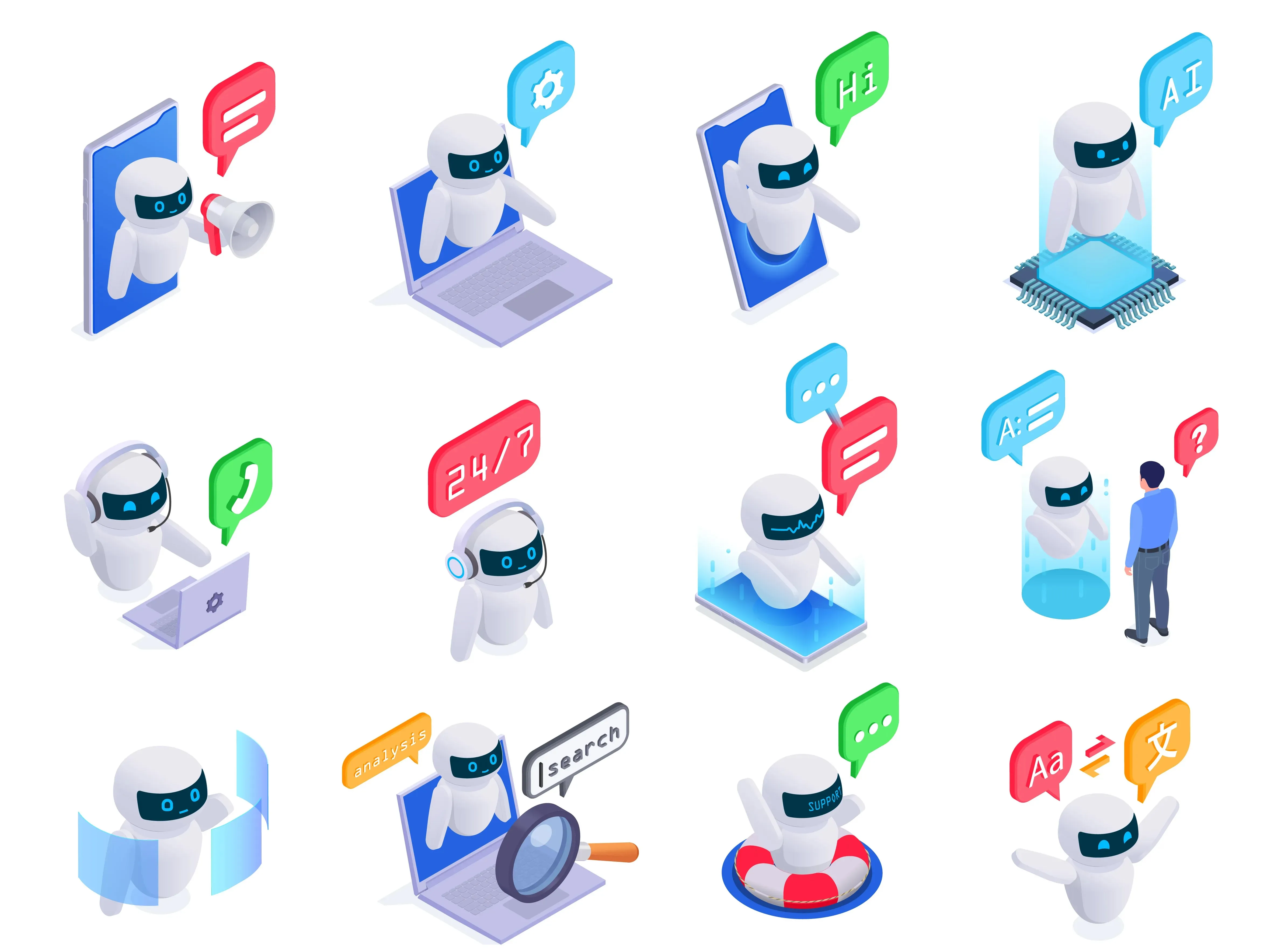AIGC and RTC: A Perfect Match for the Digital Era

AIGC(Artificial Intelligence Generated Content) involves developing different types of content including text, image, music, and code utilizing artificial intelligence algorithms. Real Time Communication (RTC) is the technology which makes it possible for real time voice, video and internet data communications. AIGC is also important for digital age as it helps in sharing, connecting and communicating over various platforms, devices including across different locations.
The usage of AICG and RTC is applicable in different areas like learning, enjoyment, operations, health, and so on. An example is the use of AIGC in creating customized learning resources, playing games online, delivering a presentation, making reliable diagnoses, and going viral. With this technology live online classes, immersive virtual reality, streamlined video conferencing, remote healthcare among others are possible.
The main idea of this article is that AIGC and RTC fit perfectly with the modern world because they compliment one another to enhace RTC solutions and make communication and cooperation more available, diversified, and inclusive. Hereafter, we shall look at the advantages, difficulties, and threats linked with AIGC and suggest future directions regarding research and practice.
The benefits of AIGC for RTC
AIGC for RTC will improve the standard and range of collaborative interaction in communication. AIGC can help create content that is:
- Relevant: AIGC will be able to understand the nature of the communication and collaboration it conducts based on the context, purpose, and audience involved.
- Creative: As it involves natural language generation, computer vision, and deep learning among others, AIGC generates original, fresh and captivating content.
- Adaptive: AIGC would use user preferences and feedback to tailor its content for more individualised and specialised interaction.
It also makes AIGC in RTC beneficial as it helps cut down on the costs and time necessary for development of content. AIGC can help:
- Automate: AIGC may perform repetitive, tedious, or complex activities including data processing, transcription, translation, summarization, and captions.
- Optimize: The usage of AI powered solutions like AIGC may lead to higher efficiency and quality as well as reduction of production costs for example lower rate of mistakes.
- Scale: AIGC is capable of handling huge volumes of data and content for different platforms, users, and platforms.
The third advantage for RTC is that, AI-generated content for RTC might enhance the availability of communication and collaborative activities. AIGC can help:
- Facilitate: Multilingual, multicultural, multidiscipline, AIGC can enable communication and collaboration among people from various language, culture, and disciplines, facilitating interoperability.
- Empower: In this respect, AIGC could develop content that is both inclusive and adaptable for different people with varied capabilities, needs, interests.
- Connect: Therefore, AIGC could support communication and cooperation within groups, communities, or networks through the social, emotional, ethical content.
Challenges and risks of AIGC for RTC
However, there are a number of challenges and risks which need to be considered in this aspect as far as RTC is concerned. Some of the main challenges and risks of AIGC for RTC are:
- Reliability and security: AIGC is based on data and algorithms that are not necessarily correct, trustworthy, or safe. Take for instance AIGC may produce inaccurate, biased, and offensive information; breach user and source’s privacy; copyright infringement among many other cases. With this in mind, AIGC has to undergo testing and verification processes to ensure it is free from errors, attacks, and misuse.
- Authenticity and ethics: The legitimacy and ethical issues surrounding its contents and communicability are called into question by AIGC. Such as AIGC can produce text that sounds like a human has written it or content meant to disguise or mislead individuals about their feelings or motives or users or recipients’ feelings or intent. Consequently, AIGC should demonstrate transparency, responsiveness, and regard for the beliefs, customs, and freedoms of the users and the general community.
- Human and AI roles: The role and responsibility of the humans as well as AI in the creation and distribution of content are altered by AI/GC. For instance, AIGC could involve less interaction and supervision by humans thus lowering people centricity in the communication and collaboration or be more dependent on AI therefore increasing the autonomy of chatbots in the communication and collaboration. Hence, AIGC’s goal should be balanced and collaborative in nature while providing the two parties an opportunity for mutual benefit.
Conclusion
Therefore, in the context of the digital age, AIGC and RTC constitute that the communication and collaborations improve quality, variety, convenience, inclusion, and many more. In addition, we have touched upon RTC’s difficulties and risks involving AIGG, assuring veracity and safety, maintaining the credibility and morals, and keeping the harmony between the man-made and automated content and the transmission of information.
AIGC will have great potential for change in communications, and RTC has similar potential for change in collaboration within the digital paradigm, though each should be used with care and development. Therefore, we recommend that future research and practice should:
- Evaluate: Measurement of the performance, impact and satisfaction of user on AI generated contents using metrics.
- Regulate: Develop a standard for AIGC and RTC applications involving multiple stakeholders and technical representatives.
- Educate: Ensure enough and fitting education and training for users and developers of these systems with multiple types of expertise.